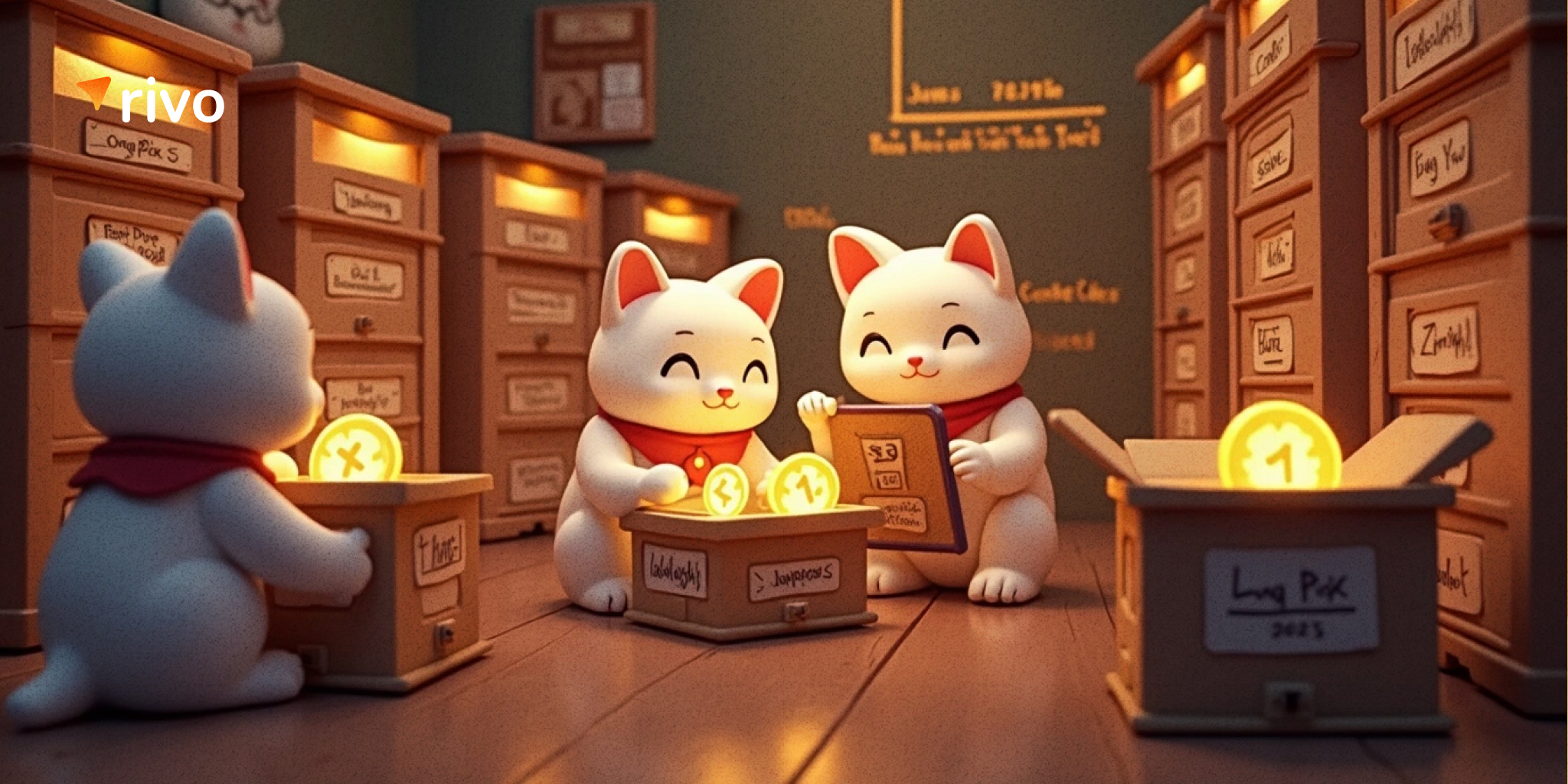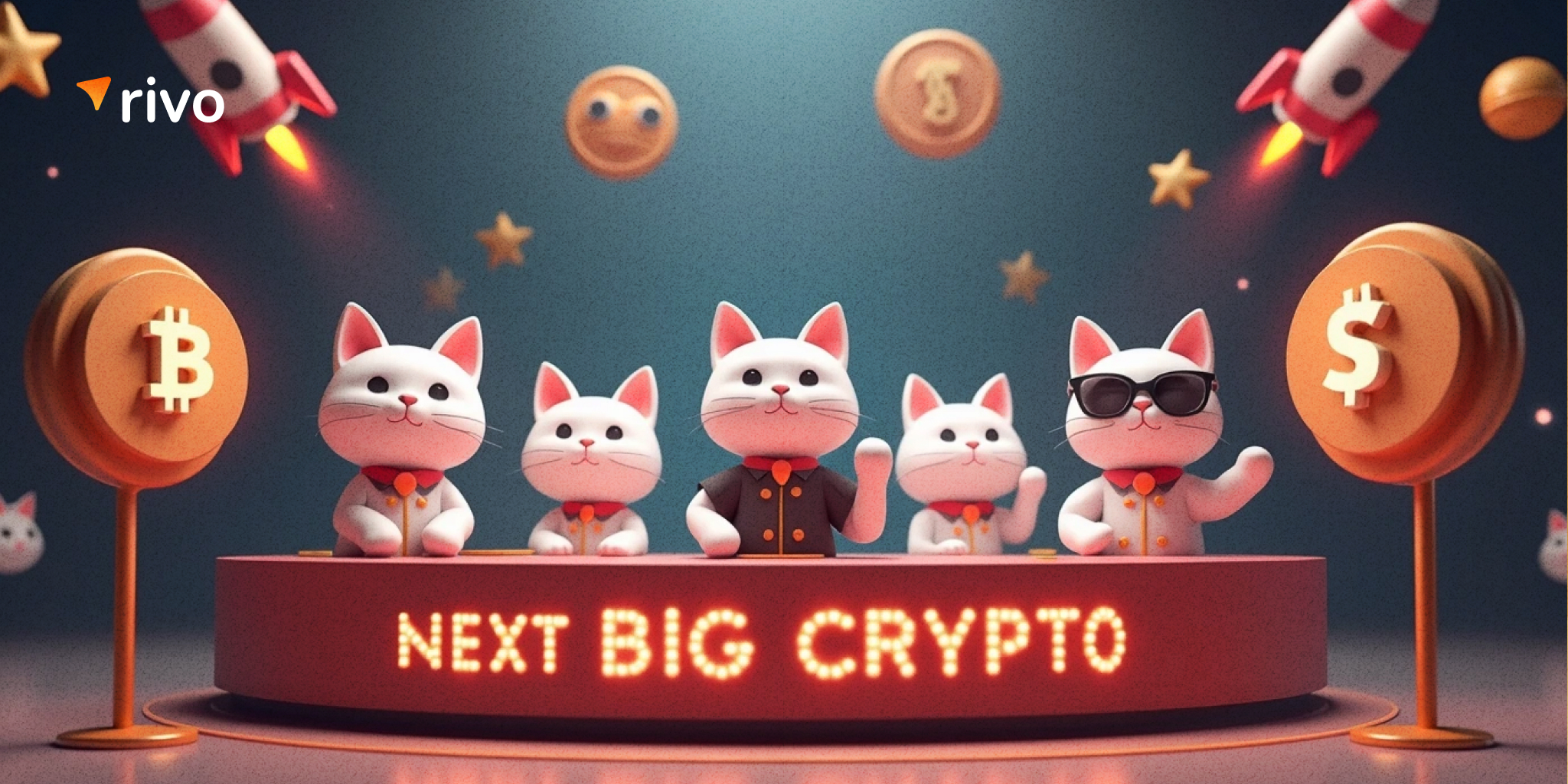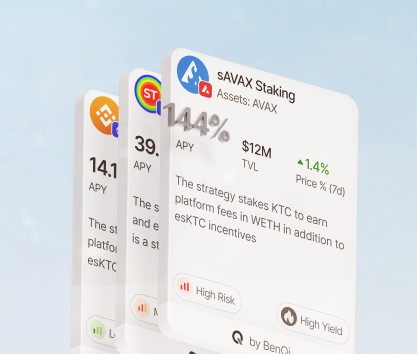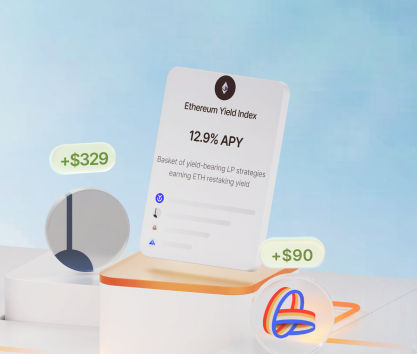The number of tradable cryptocurrencies worldwide is over 10,500 in January 2025 according to Statista. This metric includes all functional tokens listed on various CEXes and DEXes excluding NFTs and utility tokens. With such a variety of financial instruments creating a diverse ecosystem, choosing the right option is a tough task even for users with years of experience in trading.
During the last decade, a significant push was made to expand the DeFi cryptocurrency ecosystem with many projects issuing their native tokens or providing the necessary utility through unique digital assets. For example, Curve DAO, which governs the popular Ethereum DEX, uses the CRV token for voting and other functionality.
Decentralized finance is a highly complex environment where the idea of money is more sophisticated compared to the tradfi economy based on fiat that serves a singular purpose as an exchange medium. In DeFi, users can use tokens for a multitude of purposes on top of more traditional methods. Simultaneously, many coins act as currencies as well as financial instruments with unique properties.
Blockchain financial innovation
Bitcoin was the first functional cryptocurrency that launched the industry into the stratosphere in the 2010s. However, the concept of decentralized ledgers for monetary systems is not as novel as many believe. The first attempts at creating something similar were made back in the 1990s. Two decades later, an anonymous developer Satoshi Nakamoto turned a concept into something that could work globally.
Bitcoin is still the most impactful and valuable coin in the crypto ecosystem. Nonetheless, it was its competitor that created a new paradigm and introduced novel investment mechanisms to the community of investors. Ethereum and its EVM (Ethereum Virtual Machine) made it possible for many startups to create innovative financial products.
Initially, Ethereum was, just like Bitcoin, a Proof-of-Work network that relied on mining to validate transactions. However, the decision to switch to PoS led to the creation of a new ecosystem focused primarily on staking. In many senses, this particular shift created the first real wave of hype around DeFi instruments. For instance, Lido is still the biggest DeFi protocol by far with over $32 billion in TV.
The emergence of decentralized token economics
Contemporary crypto investors can stake their ETH tokens on Lido and use STETH as collateral on platforms like Aave to take out loans in stablecoins or other assets. Borrowed assets can be used in high-yield pools to maximize the potential for profit generation.
Let’s break down the example using maths:
- Staking ETH with Lido yields 3.16% base APY with a conversion ratio of ETH to STETH close to 1:0.995.
- Use STETH as collateral to take out a loan in ETH for 2.58% borrow APY and restake it.
- The 0.58% difference can be pocketed while the STETH is lowering the liquidation ratio through supply rebase.
This particular process can be repeated a number of times but each cycle increases risks associated with price fluctuations and other factors. Using liquid staking platforms and taking advantage of sophisticated interconnections between different markets create a unique financial system with complex instruments and novel investment mechanisms.
Governance token models
Many experts are loudly discussing the potential of cryptocurrencies to democratize finances and create a new global order that does not rely on central banks as heavily as the current one. DeFi is proving this idea right by allowing users of tokens to decide on many technological, social, and economic features that must be focused on by the project. Governance tokens are used for that particular reason.
In essence, each token grants you a vote allowing influential stakeholders to affect the course of the project and its features. Theorists say that this design allows all market participants to positively affect their portfolios and actively engage with the larger financial ecosystem.
However, democratization can be a net negative due to several reasons:
- Capital holders can team up to take over the DAO and make decisions disregarding the majority.
- Decisions can lead to inappropriate allocation of resources and ultimately cause a project to fail.
- The lack of participation in voting can be a huge issue for some projects relying on user activity.
- Security issues and the lack of regulation make these systems vulnerable to fraudulent actions.
To top it all off, many regular users do not understand complex smart contract mechanisms and may vote without being informed or understanding the consequences of their decisions. Users have to be proactive, educated, and willing to participate in governance for this concept to work well. Excellent examples of thriving projects are MakerDAO ($4.96 billion in TVL) and Curve DAO ($7.1 billion in TVL).
The impact of alternative investment instruments
The number of unique wallets interacting with various decentralized protocols was up in the fourth quarter of 2024 reaching over 70 million unique addresses. The growth of the combined TVL by 120% since the beginning of 2024 is also a positive sign as it crossed the $120 billion mark once again after falling to less than $60 billion when it seemed that the DeFi hype had died down.
Many protocols have shown incredible resilience despite the turmoil in the global financial market, devastating inflation, rising cost of life, and other macroeconomic factors that negatively affected fiat currencies and whole economies. Many investors found success by engaging in effective liquidity pool strategies and other novel instruments.
Here are some optimistic insights into the future of DeFi:
- The market capitalization of stablecoins reached a massive $207 billion mark with USDT still dominating at 66.35%. It’s a solid 75% growth since the end of 2023.
- The cumulative TVL of yield farming opportunities is estimated at roughly $15 billion indicating a steady increase in investor engagement.
- The number of tracked DeFi protocols is over 5,200 with over 11,000 different pools to invest in. It is a massive ecosystem that keeps growing.
- In 2023, 74% of all institutional investors planned to add DeFi positions to their portfolios. Judging by the influx of capital, many did.
New investment opportunities excite capital holders allowing them to diversify even more and include novel financial instruments that can act as hedging mechanisms against inflation and other macroeconomic factors.
The growth of the sector is notable through the increasing cash supply, rising number of unique wallets, and some other factors. While some issues remain unsolved, such as the reduction in the number of conservative investors willing to use DeFi instruments (with 27% of respondents citing the lack of interest compared to just 25% in 2022), the positive dynamics are quite noticeable.
Many experts are pointing at the improving cross-chain interoperability allowing more users to interact across different ecosystems and utilize their holdings effectively. Others excitedly talk about novel investment instruments attracting riskier capital holders. However, one thing is clear: we are living in the era of DeFi!









